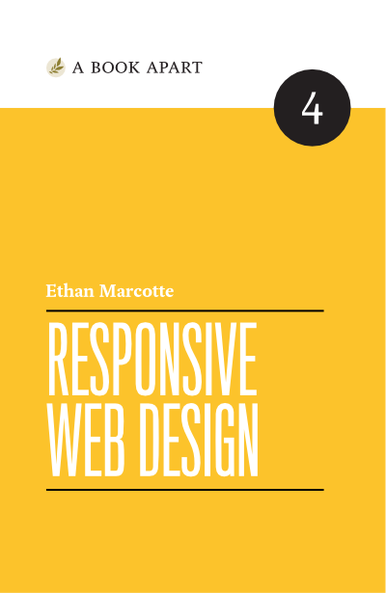Founding president Jared Marcotte on designing and developing a website for his toughest client yet: himself.
This post has been a long time coming. I started The Turnout in November of 2015. I had recently left my job without a clear vision of my next career move and a contracting opportunity opened up. Starting a business was something I'd always planned on doing, but had very little understanding of what was involved. Luckily, I know people.

Too many to thank
Good friends are the world’s most precious resource. A few emails to friends resulted in recommendations for great bookkeepers, accountants, and lawyers. After setting up the business, the paid work started almost immediately, so the promotional-side of the business had to wait.
The months went by and the contract work continued to expand. I asked a well-respected colleague and friend, John Dziurłaj, to help with the load. One of the items on my career checklist I’d always wanted to check off was to work on a project with my brother—the person who coined the term “Responsive Web Design—Ethan Marcotte. A wildly accomplished and highly regarded web designer, he kept eluding opportunities for our potential partnership over the last 10 years while I’d worked for other companies. I hadn’t imagined my own company would serve as the vehicle for our collaboration.
Under the hood
As expected, Ethan was remarkably fast at interpreting my vague design preferences and developing a beautifully-responsive website. He delivered a set of HyperText Markup Language (HTML) files along with the image and layout assets necessary to mock-up the site. The site's frontend uses a JavaScript task runner, grunt, to translate the Syntactically Awesome Stylesheet (SASS) files and optimize the Scalable Vector Graphic (SVG) documents into the optimized Cascading Style Sheet (CSS) and SVG files, respectively, the browser loads to build the page.
Once Ethan provided the final version...I went back to playing the waiting game.

I finally realized that there would never be a good time for me to develop the site. Working (later) nights and weekends, Ethan's templates were cut up and generalized to be used in a Django-based content management system (CMS) called Wagtail, developed by Torchbox. The philosophy behind Wagtail was to develop a CMS that still allowed python developers to use python—rather than a constraining framework language—to augment the website to fit specific business needs. It's a stunning software design that feels more natural to me than similar competitors. Even better, it's released under an open source license, so other folks can evaluate and contribute to the core code.
So we're done here?
I've joined the ranks of business owners and developers who are never satisfied with their personal projects. Does the site have all the features I want? No. Is it a flawless implementation? No. Will it continue to change as my needs change? Definitely. Everything's iterative. For now, it fits my needs and is reflective of the business: small, neat, unencumbered, and utilitarian. To me, that is appealing.

 Jared Marcotte
Jared Marcotte

